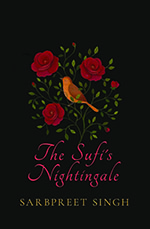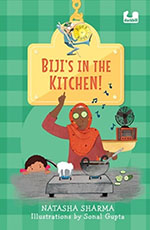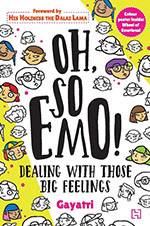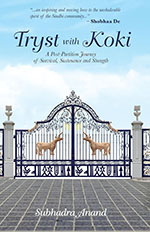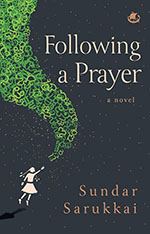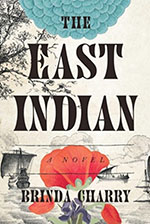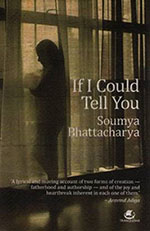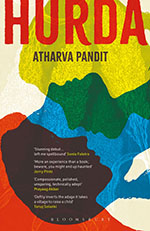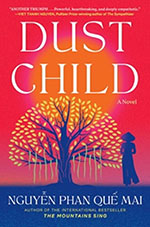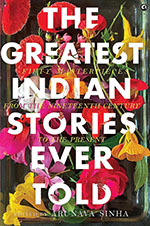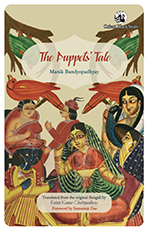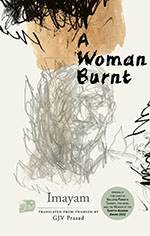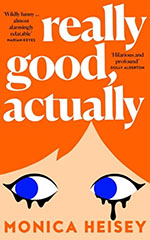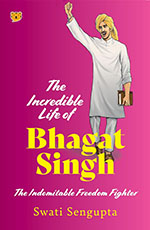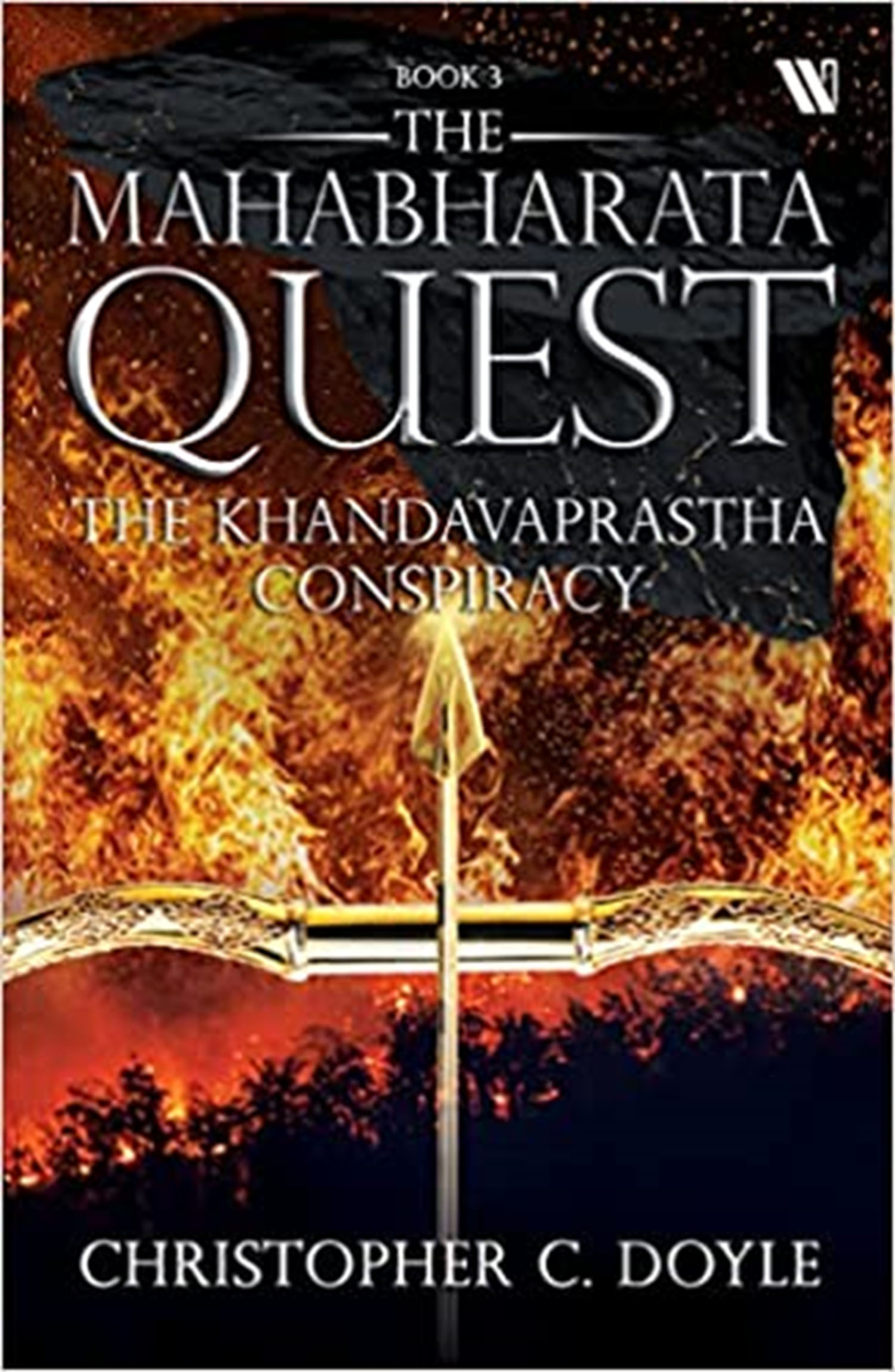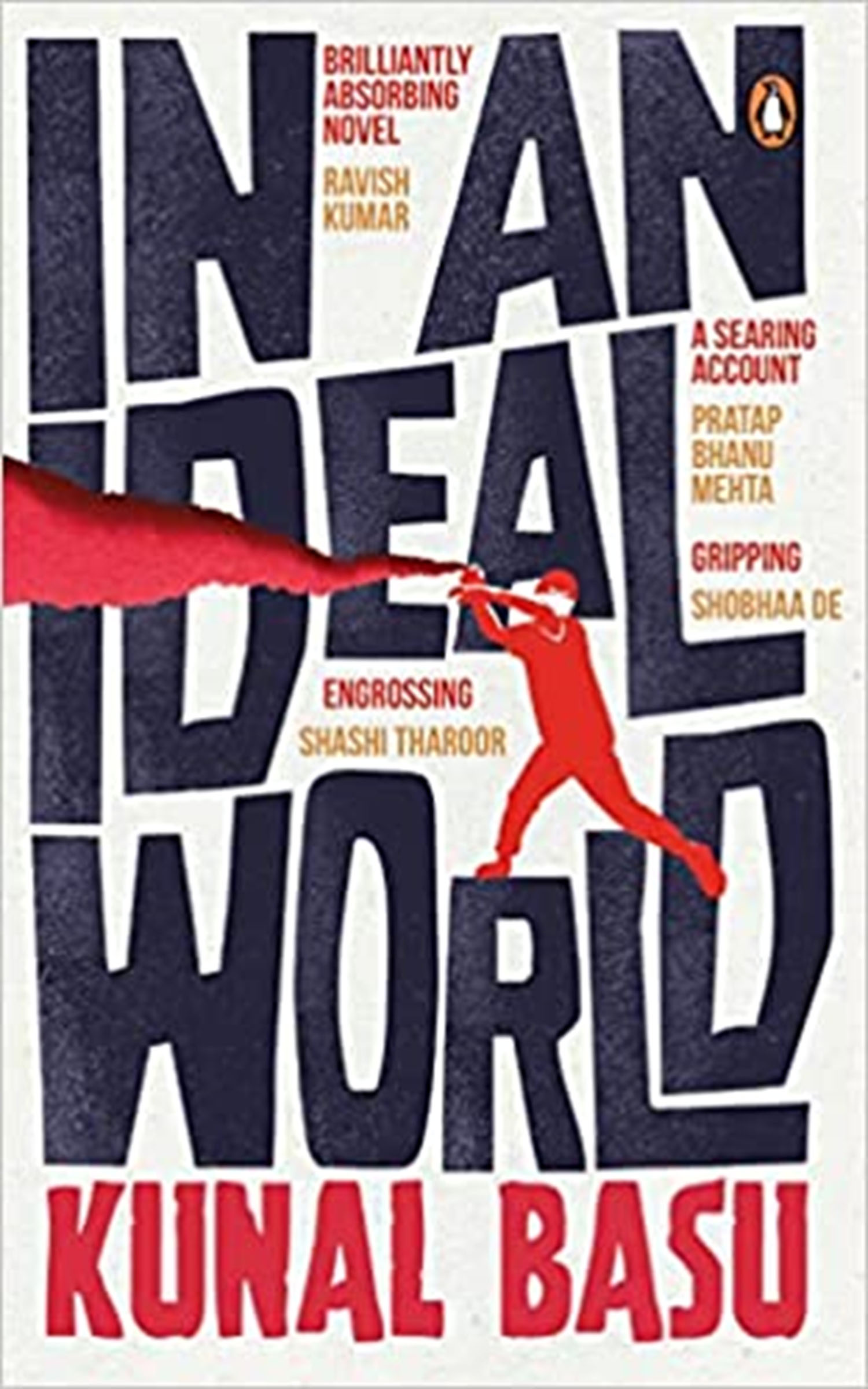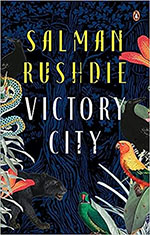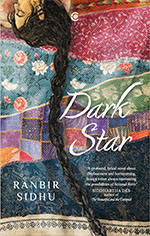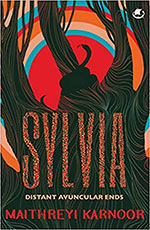Fiction
The Sufi’s Nightingale by Sarbpreet Singh is beyond the mere retelling of the blessed bond between Shah Hussain and Madho Lal. It is a journey into the nooks and nuances of a sublime relationship between the murshid-mureed, as the re-defining of loss, longing and love in 16th century Lahore.
There is an early warning shouted out by Bhaiya: ‘Biji’s in the kitchen!’ While this warning is duly registered by Mama and Papa, Papa’s eyes turning ‘big and round as plates’, it is the protagonist, the granddaughter, who knows just what this means.
Despite its elementary level, this book satisfies a fundamental need of us emotion-feeling humans—the thirst to comprehend ourselves and our inner experiences. Oh, So Emo!delivers on this need with its engaging narrative and practical tools for emotional awareness.
The title of the book is metaphorical and symbolic of the lost cultural harmony and its revival in a post-Partition milieu. Sheila,
The girl, Kalpana, spends three harrowing days and nights in a forest and is finally found lying near a road and brought back safe. But she has become silent and except for whispering a few words to her little sister much later in the story, she never utters a single sound.
For Indian readers, the contemporary ‘diaspora-novel’ (i.e., stories of individuals who migrate/move away from their homeland) has come a long way since 1991,
This novel was first published by Tranquebar in 2009 and has been republished in 2022 as a paperback by Speaking Tiger. Soumya Bhattacharya is an established journalist, and writer of well-regarded books on cricket
2023
Hurda is a riveting read. Three young children—sisters, the eldest among them aged 14, are missing and subsequently found dead. They are survived by a poor family of three:
2023
Wars are terrible tragedies. Especially like in Vietnam where it was pointless, just ‘a senseless blunder’. The dramatic flexing of the American muscles to prevent the ‘domino theory’, that if one nation turned Communist, it would likely influence other nations to the same end, is a misguided thought, although strongly backed by American presidents. It is a reflection of their exaggerated national fears and geopolitical strategies.
2023
Arunava Sinha’s The Greatest Indian Stories Ever Told is an ocean resounding narrative themes and linguistic expressions that spread across centuries.
2022
Living in Air, a collection of seventeen stories by Ipshita Chanda, opens with the story ‘Wings’, an ode to the 18th century Urdu poet Mah Laqa Bai Chanda from Hyderabad
The appeal of the novel lies in its conception as a microcosm where at the intrinsic level is a noticeable absence of an omnipotent author dictating mandates of life for his characters.
The plot revolves around Revathi’s marriage to Ravi, an auto driver living in a slum that houses erstwhile refugees from Burma who settled down in Tamil Nadu.
he novel begins in media res with Maggie’s meditations on the recent separation from Jon, her partner who moved out of their shared one-bedroom apartment in the city along with their pet cat.
Author and journalist Swati Sengupta from Kolkata has breathed life into every line of her meticulous research (whose sources are duly mentioned). Illustrator Sridatri Tagore has livened it up by the intelligent spacing of her illustration,
Creating fiction, poetry and drama based on the Mahabharata, the Ramayana or the Puranas is a well-established tradition in Sanskrit and the Bhashas. Indian English novelists and poets have turned to reinterpretations of Hindu mythology in a big way only in the twenty-first century: the twentieth century had just a few writers, like KR Srinivasa Iyengar, Sri Aurobindo and TP Kailasam who attempted this. Christopher C Doyle has gone a step further; having studied the Mahabharata for fifteen years, he makes good use of incidents in the epic to build up his series of thrillers.
To finish reading a near 200-page novel in half a day is possible either because it’s been a gripping page-turner that the reader excitedly raced through, or else because it offered little for her to pause, think, to uncomplicate. Kunal Basu’s In an Ideal World is disappointingly the latter.
2023
On August 12, 2022, Salman Rushdie was due to speak at the Chautauqua Institution in New York State. Shortly after the speakers ascended on the stage, a 24-year-old man called Hadi Matar attacked Rushdie with a knife. Rushdie fell to the floor after sustaining a dozen stab wounds. Those who had doggedly or intermittently followed Rushdie’s career began wondering if Ayatollah Khomeini’s fatwa from 1989 had finally caught up to him.
2022
Dark Star by Ranbir Sidhu is a powerful rendition of the act of remembering. It is a three-part internal monologue by an elderly woman who has returned from California to her husband’s ancestral village in Punjab, and is now trying to learn how to die since ‘Death is a mystery, no one teaches you how to die’ (p. 69). As the novel unfolds, the woman is suspended in a dream-like state, at the mercy of her memories. These memories wade through different traumas, both personal and collective, locating the narrative within the frame of her troubled past, the Partition, the Khalistan movement and the recent farmers’ protest.
Translator, poet and writer Maithreyi Karnoor has received the Charles Wallace India Trust Fellowship for creative writing and translation at Literature Across Frontiers, University of Wales, Trinity Saint David. She has won the Kuvempu Bhasha Bharati Prize for translation and has been shortlisted for the Lucien Stryk Asian Translation Prize and the Montreal International Poetry Prize. This is her debut novel.

